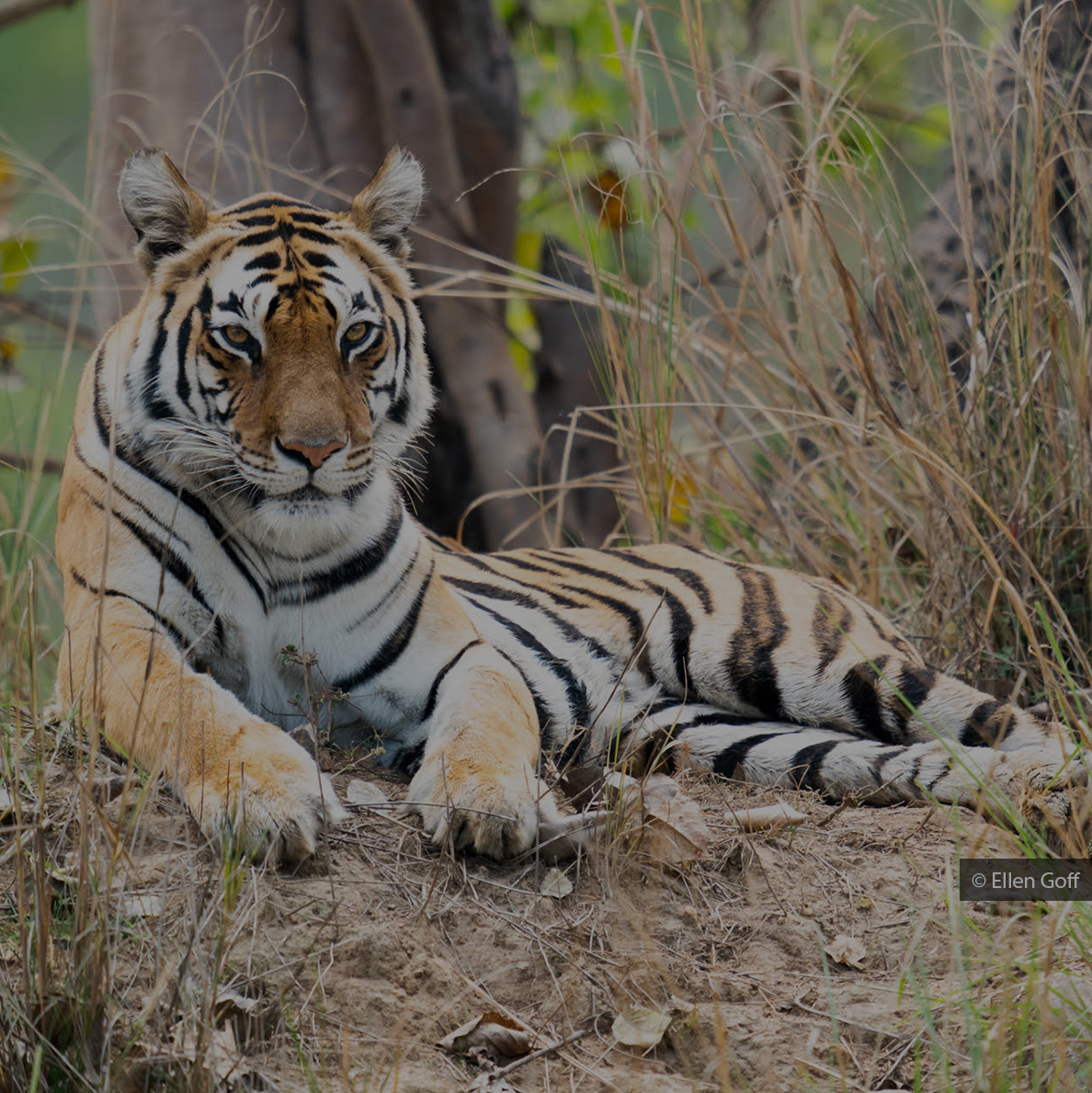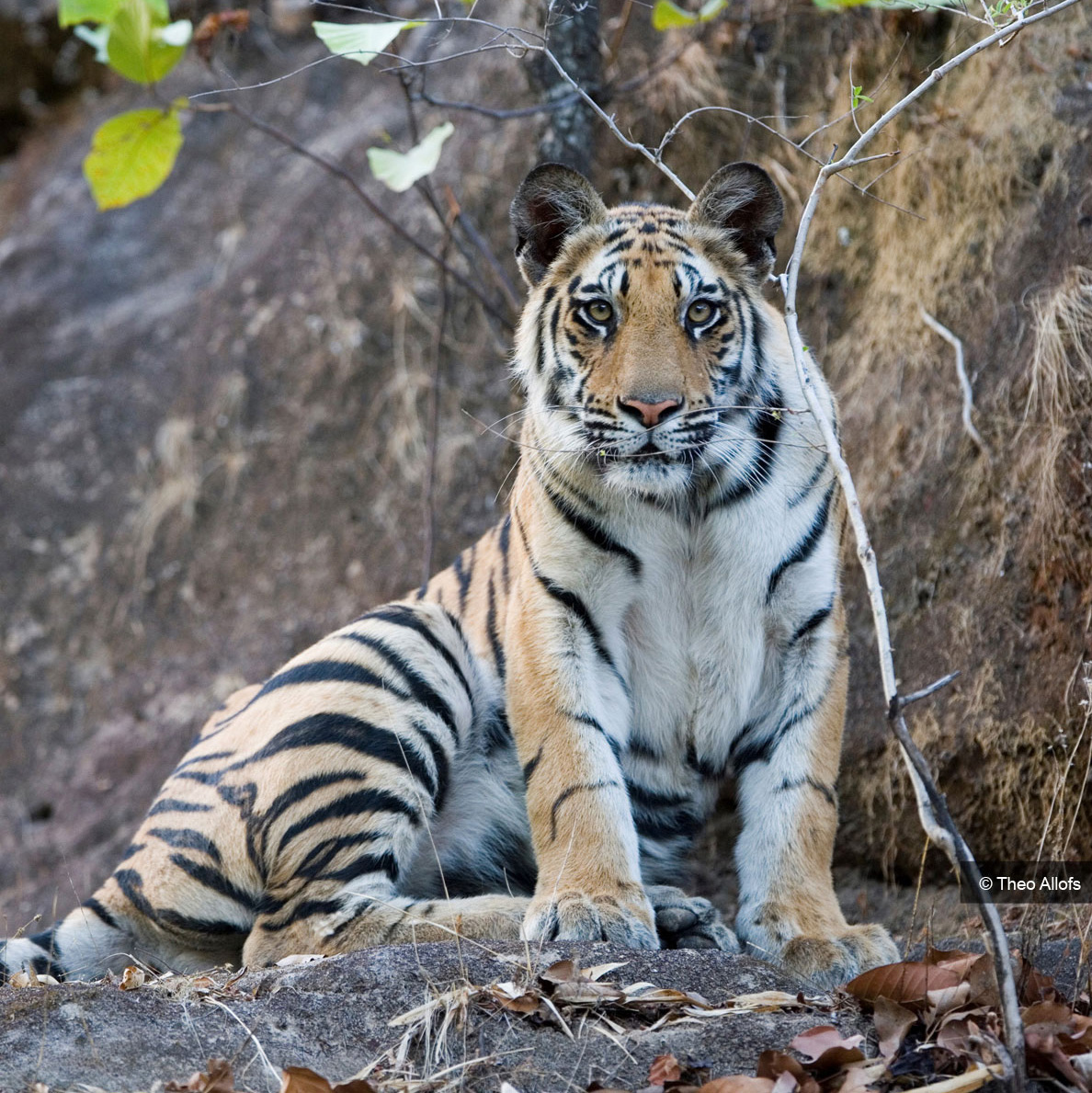Tiger Resort
Tiger Resort
THREATS TO THE TIGER
Today tigers face increasing threats from humans. In order to successfully protect it, we need to address all the issues together. The three major threats are:
Habitat destruction: Due to a rapid human population increase the Tigers natural habitat is shrinking fast. Land that was once covered with pristine forest is now used for agricultural. Even protected areas are under pressure. Several Reserves have human settlements inside and around them. Rampant grazing by livestock destroys the grassland habitat of the Reserves. This leaves less food for the prey base of the tiger, reducing their population drastically. This in turn drives tigers to move out of the protected areas in search of food, rendering them defenseless against poaching, which is the other major threat to tigers.
Poaching of tigers is on the rise. In fact, recently huge populations of the Royal Bengal Tiger have been obliterated by highly organized poaching mafia. The demand for tiger parts comes mainly from China. The Chinese use every part of the tiger for traditional Chinese medicines, believed to cure a range of illnesses. The porous border between India and Tibet makes it very easy for wildlife traffickers to pass in and out of it. In addition there are areas where the prey base of the tiger has been poached, resulting in a drastic decrease in population. An example of this is the situation in Russia. The population of deer and Wild Boar has been reduced so drastically that the tigers have no choice but to resort to killing live stock.
Population Fragmentation: Due to human population explosion, fragmentation of forests taken place. Population of tigers gets isolated, leading to in-breeding. Although this poor gene pool of tigers may not effect the population of tigers immediately, it will have drastic effects in the future. Tigers will have lower fertility and birth defects, which will lead to the rapid decrease of their population.

Read more...

Read more...
|
|
|

 International Tour Operators Mission Statement
International Tour Operators Mission Statement


